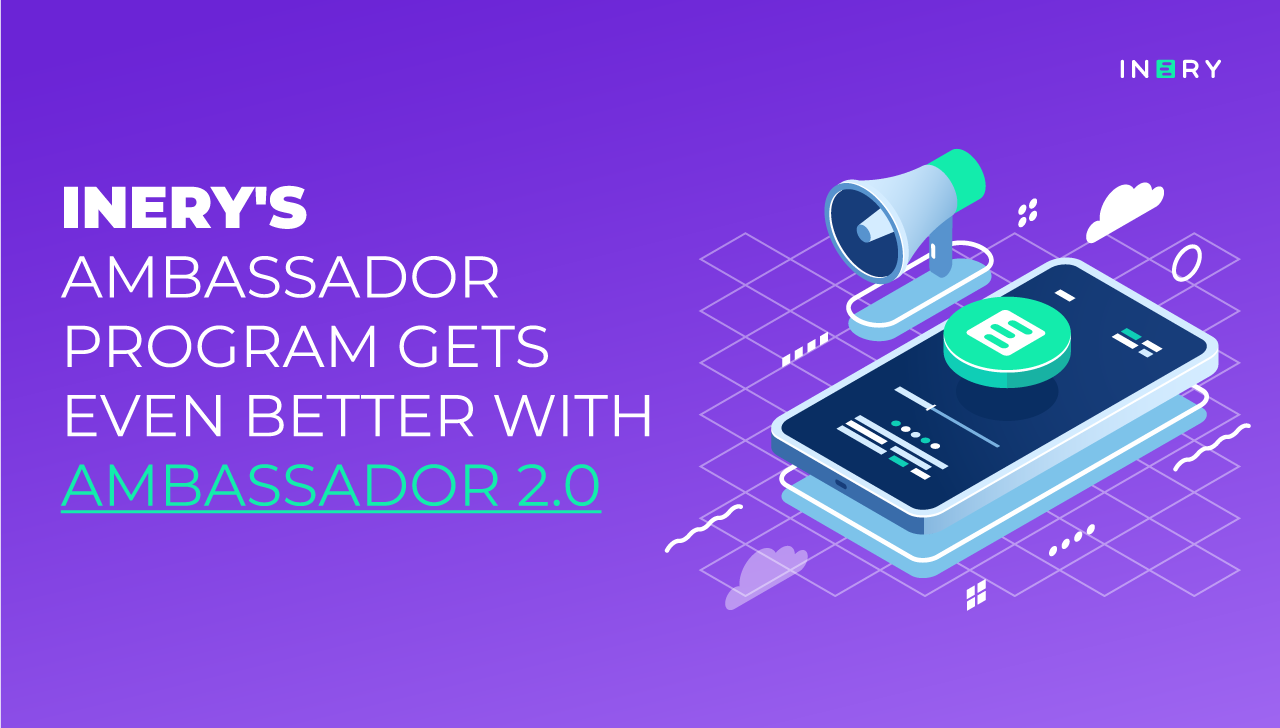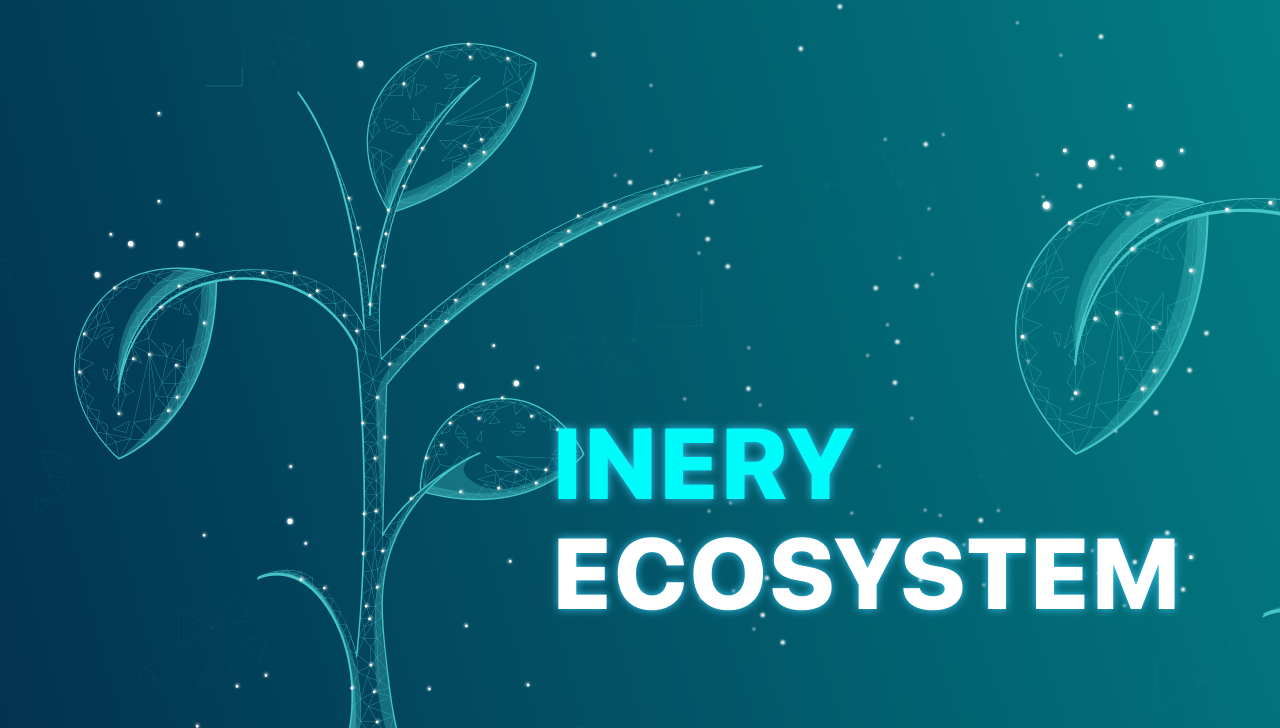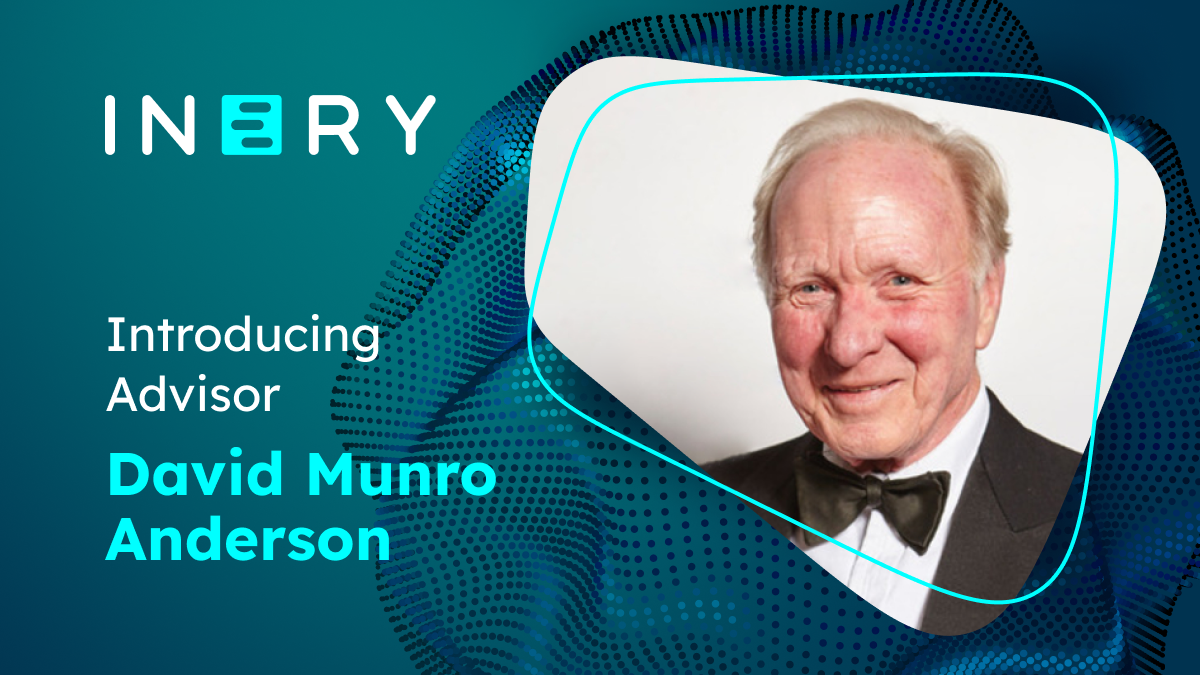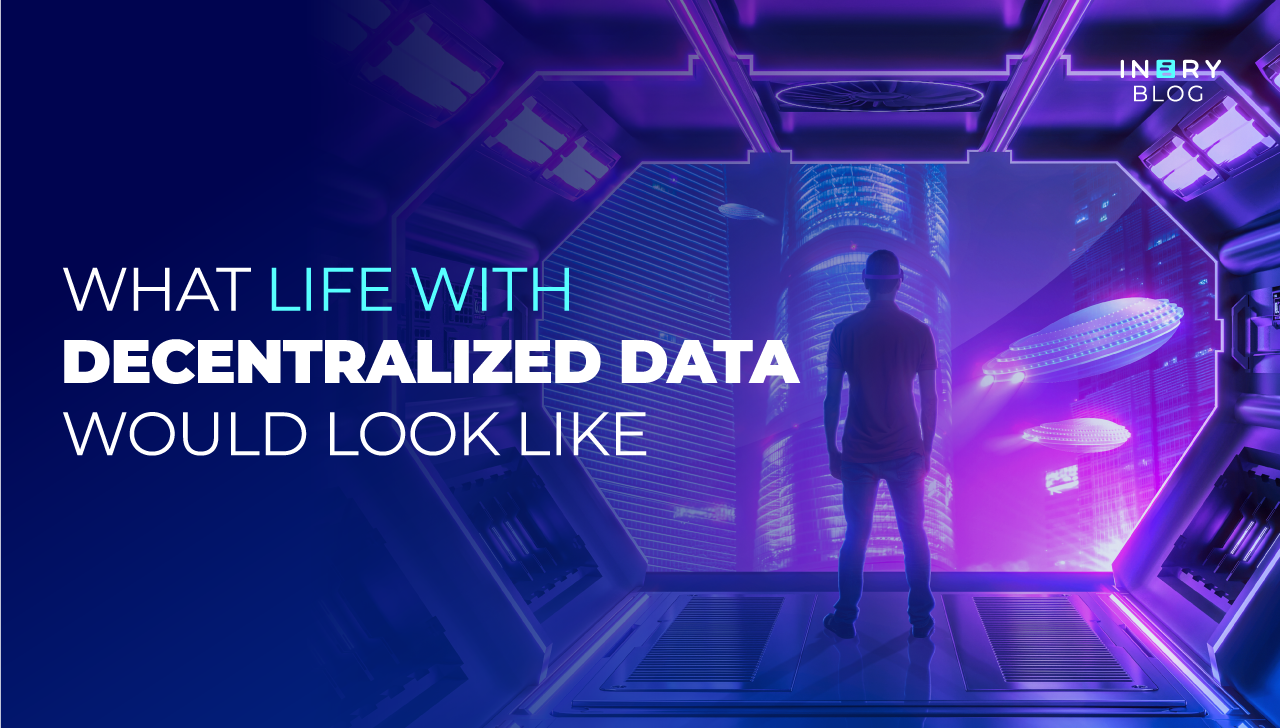It isn’t hard to find articles that ponder the future of decentralized data management technology. But these pieces tend to describe decentralization’s impact on a grand scale, typically on sector-wide levels. Rarely do they dive into the possibilities decentralized tech opens up for the average person.
Here, we’ll show you a glimpse into what day-to-day life with Web3 technology would look like.
Your Data Would Be Truly Private
In today’s world, there are some measures to protect your data from prying eyes. However, there’s no viable way to keep your personal information completely private.
Take the smartphone as an example. To use one properly, you need to submit an entire gamut of personal data: age, passwords, location, messages you’ve sent, and much more. You relinquish so much data, in fact, that advertisers can create a frighteningly accurate user portrait of you. You wouldn’t be getting ads that sell the very thing you talked about needing the day before if they couldn’t.
Marketers aren’t the only ones privy to your data, though. A slew of third parties, some of which you might not even be aware of, have free reign over your biometric, personal, and behavioral data. Every service from healthcare to telecommunications hampers your efforts to remain digitally private.
In a decentralized digital world, you get to decide what information to put out there. You could store all your personal info in a self-custody digital wallet rather than entrusting it to third parties. Whenever you need to verify claims to certain information, you would send the relevant data—and that data alone—through an encrypted, peer-to-peer transaction.
Let’s put this concept in a real-life example. If an auto insurance agency is reviewing your application, it will probably need to check if you have a valid driver’s license, as well as its expiration date, issuer, and the like. Through a blockchain app, the insurer sends you a private message requesting details related to your license. You then send the data in question directly to the insurer, no intermediaries needed. Since data on the blockchain is immutable, the veracity of your info isn’t brought into question.
All in all, only you and the other party are involved in the transaction. Meanwhile, the data you choose to submit is presumed to be true due to the blockchain’s immutability.
Your Secure Digital Identity
The implications from the interaction outlined above are massive. You as an individual would be able to construct an autonomous, sovereign body of personal data that represents you—entirely under your own terms. This is the concept known as digital identity (DID) or self-sovereign identity, and it has huge ramifications for the way we interact digitally.
For instance, with a DID, not only can you determine which info to share with others, but you can also monetize that data. Let’s say you agree to sell your movement data to an app that tracks your location (e.g., running apps or step counters). The parameters of the transactions would be defined and automatically executed by the blockchain’s smart contract. From there, you would be able to passively earn tokens just by walking or running. These tokens would then be exchangeable for services or other tokens.
Another great perk of the DID is the increased security of your personal information. For one, the blockchain prevents hacking through the unique way it distributes data and facilitates changes to the network. To breach the blockchain, a hacker needs to either reach majority consensus or “manually'' change the code on every node, which is unfeasible. Moreover, the decentralized nature of the blockchain does away with third-party data hoarders, which have so often been the ones leaking people’s data, either by mistake or through a hack.
With a digital identity, you can navigate digital spaces with confidence, knowing your information is safe. Not only that, but you stand to earn extra income through interacting with other members of the blockchain network.
Effortless Movement of Data Across Platforms
For certain data to move from one institution to another, it needs to go through a long process of verification and approval. For example, consider healthcare and medical records. To move health records to another hospital after you move to another city, you have to learn what type of records the new provider needs. After that, you visit or call your current physician and submit a request for transfer. It can take 30 days (sometimes even 60 days) to review, greenlight, and finalize the transfer.
Via the blockchain, most of these red-tape obstructions don’t exist. After all, you’re the one in charge of your data. No third-party insurers or review boards are necessary for the transfer, nor does any intermediary hold and control that information.
This is a sort of vertical data mobility: moving data between two institutions of the same type (hospitals). But the truly inspiring potential comes from moving data horizontally. Just imagine, for example, having a great item in a video game you want to show it off on social media. Through a platform like the metaverse, you can easily transfer data delineating that asset from the game to a virtual social media space. To prove it’s well and truly yours, why not mint and get an NFT of that item? You can even sell it on another blockchain if you so choose.
Using the Internet of Things Safely
The IoT idea is amazing: a network of smart devices that share and act on data to save time, cut costs, and add convenience. But one of the biggest issues with IoT has always been security. It’s relatively easy for a cyber attacker to wreak havoc by targeting a single or few devices. That’s possible because of so many different poorly-protected devices in the system.
Further complications pile on when we want to scale up an IoT network. The authentication, authorization, and connection requirements for a growing system get bigger and bigger. For a centralized network, which IoT consortiums tend to be, the implied amount of data traffic can easily create bottlenecks. As you’d expect, crashes and dips in performance abound.
However, the blockchain consists of a decentralized network, with each node containing transparent instances of the chain’s data. As such, every node (representing the software of a device) must conform to the data profile of the others. An attack on one node would stand out, and the attempt at data manipulation would be promptly blocked.
Such a chainmail approach to data security guarantees that IoT devices communicate in a safe, private system. There would be no risk of your smart TV or fridge becoming an easily exploitable point of attack.
The Decentralized Dream Comes True With Inery
All of the above is possible through Inery, a blockchain-based database management solution provider looking to bring Web3 dreams into reality.
IneryDB, Inery’s proprietary layer-1 blockchain, lays the truly decentralized foundation for a world where you decide your digital destiny. Your information is stored immutably in Inery’s network, protected by mechanisms like encryption and the Self-Delegated Proof of Stake consensus protocol.
Using Inery’s own value contracts, you can set up the conditions for your every data transaction on the blockchain. This puts you in the driver’s seat and lets you interact with other entities on your own terms. You can CRUD data, define value contracts, create NFTs, and much more—all through the intuitively designed IneryDBMS.
So take charge of your digital life and join Inery on the road to a decentralized tomorrow.

Inery•
1 year ago
Inery's Ambassador Program Gets Even Better with Ambassador 2.0
Web3 enthusiasts, today is an exhilarating day! We are happy to unveil the launch of our new and enhanced Ambassador 2.0 program. See more here. ...READ MORE

Share

Inery•
1 year ago
Cutting Inefficiencies in ERP Systems With Inery
Enterprise Resource Planning has a lot to gain from implementing Inery’s blockchain technology. Find out what by clicking here. ...READ MORE
-1689860359.png)
Share

Inery•
2 years ago
Introducing the Inery Ecosystem
Join us as we activate a new paradigm for database management ...READ MORE

Share

Inery•
2 years ago
Advisor Spotlight — David Munro Anderson
Inery’s vision supported by David Munro Anderson — a pioneer in the establishment of the futures contract trading industry ...READ MORE

Share
Most popular today



